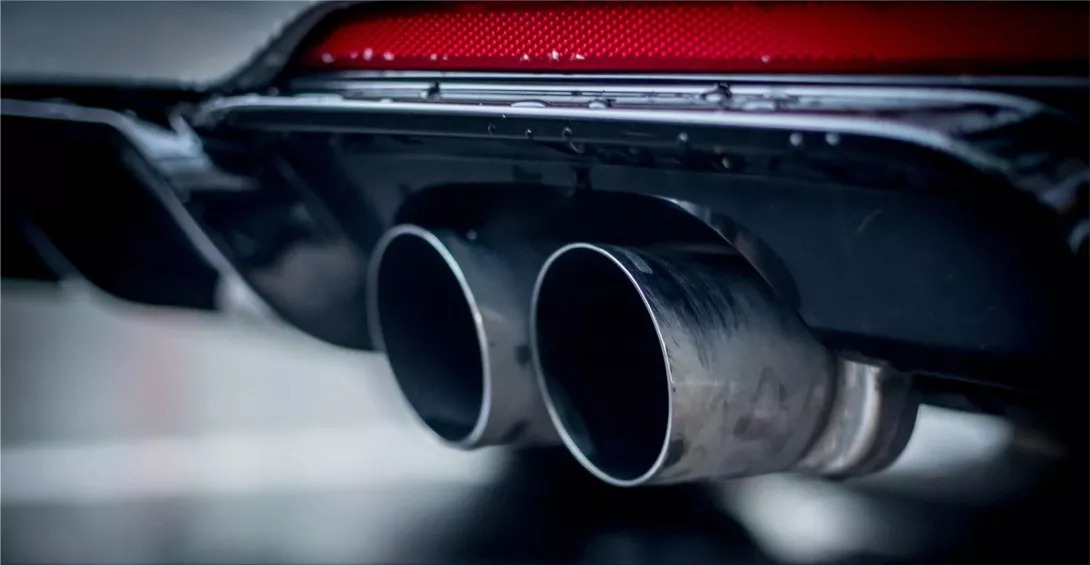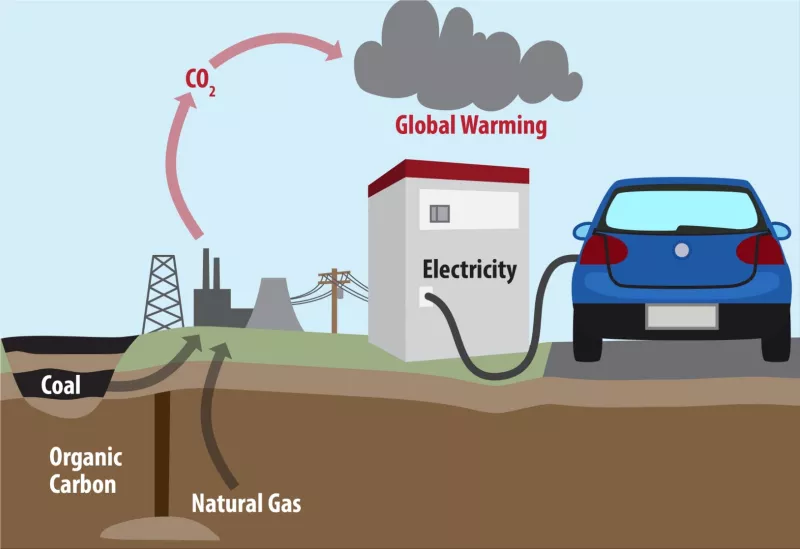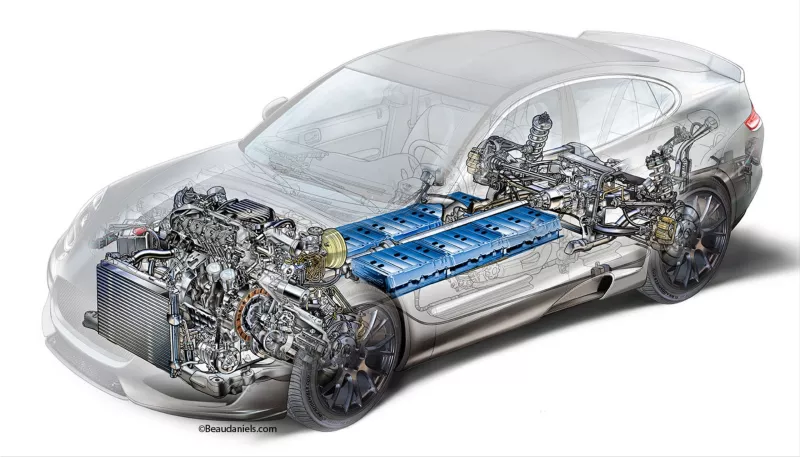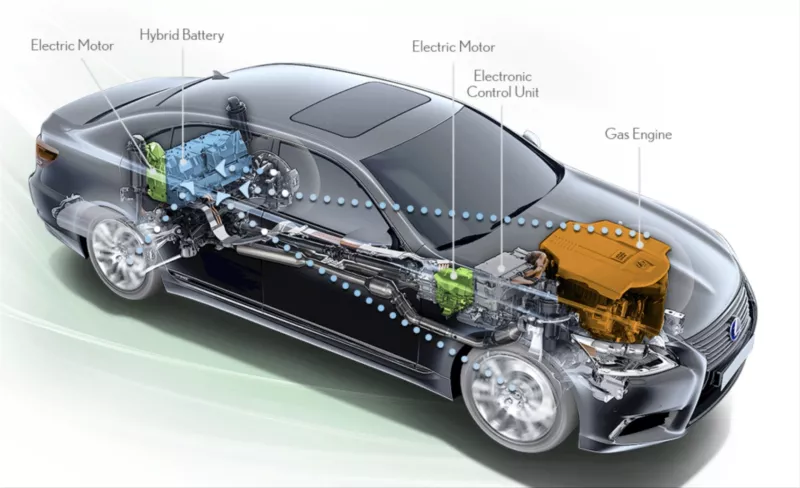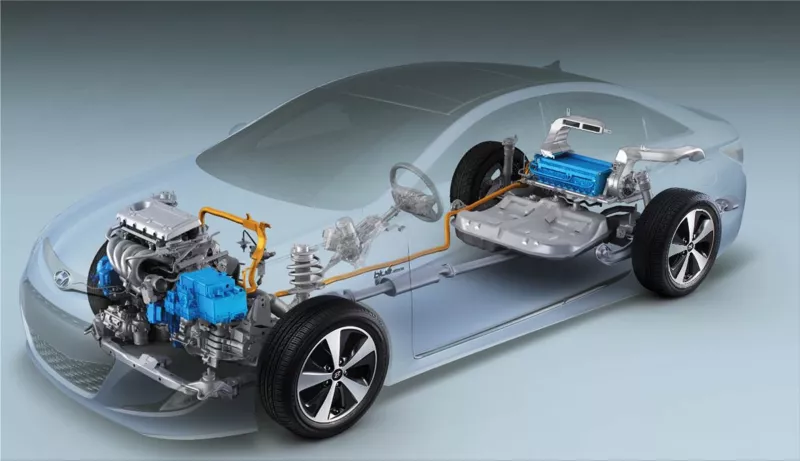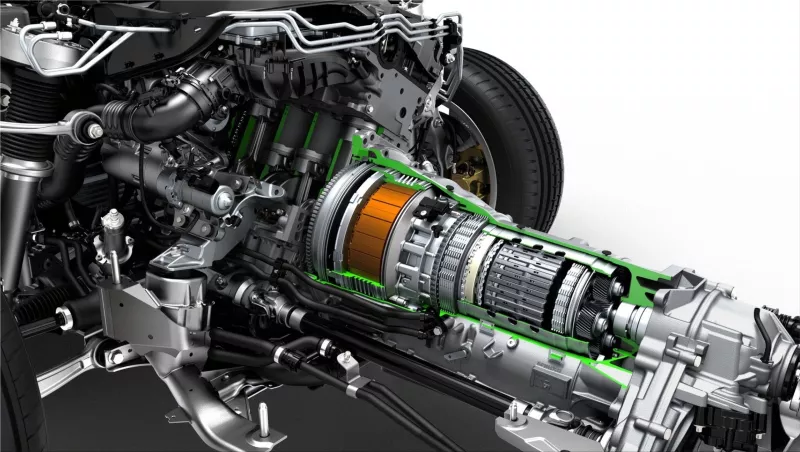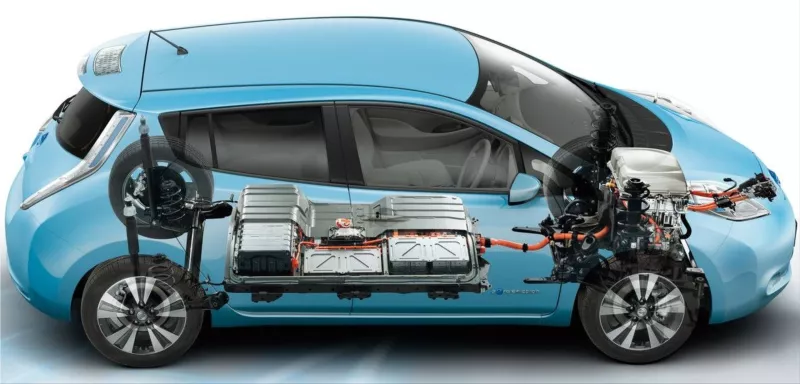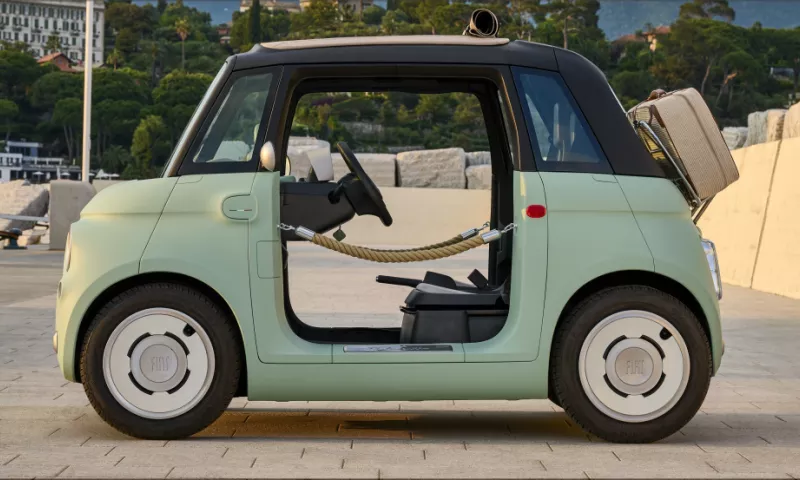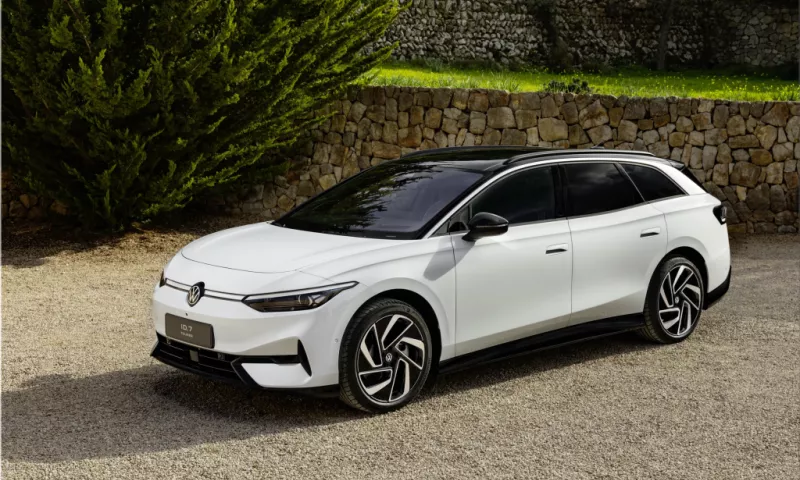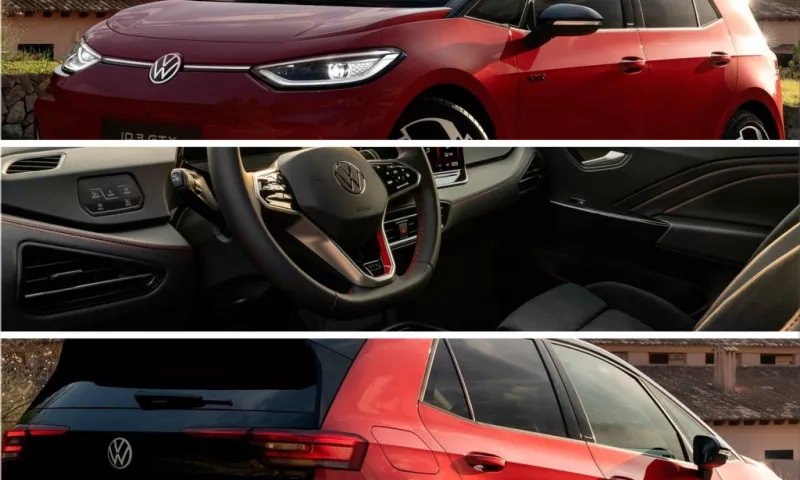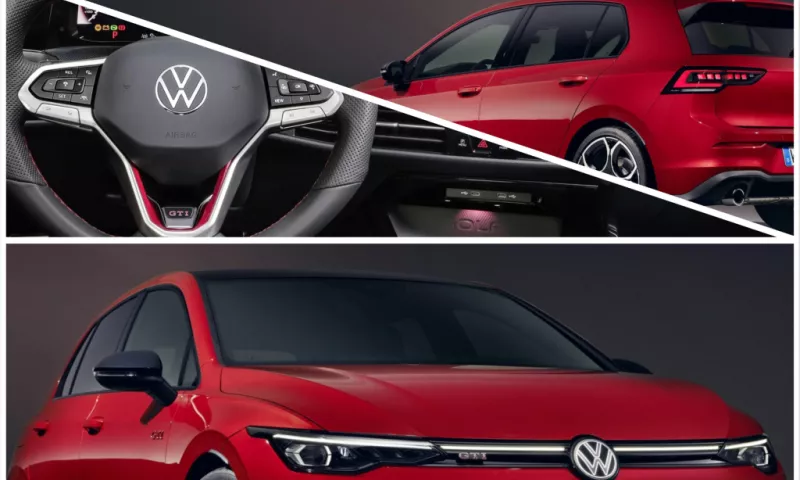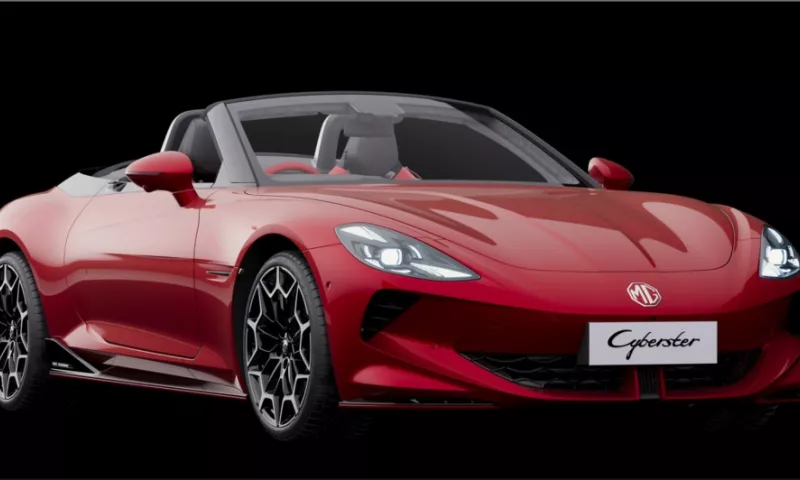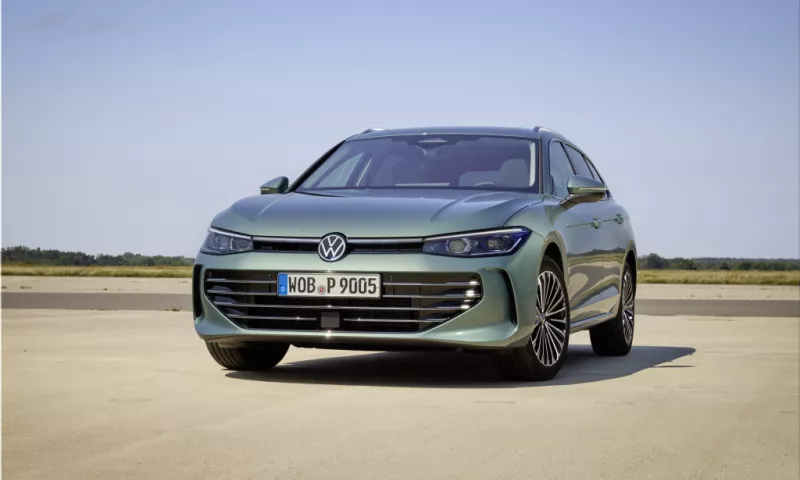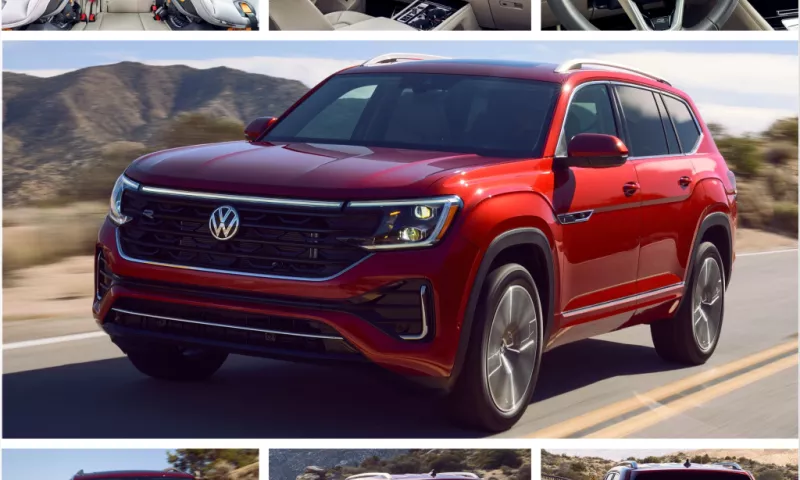The European Union intends to harden its technique for measuring carbon dioxide emissions from plug-in hybrid vehicles; two persons familiar with the topic revealed this in response to concerns that existing testing produces findings up to four times lower than actual emissions.
The new technique might imply that some automakers, which sold almost as many plug-in hybrids as battery-electric vehicles (BEVs) in Europe in 2021, would need to sell more BEVs to achieve EU emissions objectives and avoid significant penalties.
According to trusted sources and some common insight, the new, improved and accurate procedures for measuring carbon dioxide emissions from plug-in hybrid vehicles will be implemented by 2025.
The test will use data from fuel consumption meters required by EU law to be installed in new automobiles starting in 2021. This data provides a more accurate picture of how much hybrid cars rely on their internal combustion engine rather than their electric battery.
"The utility factor will alter," Petr Dolejsi, the European Automobile Manufacturers' Association's (ACEA) head of sustainable mobility, told Reuters, referring to the average estimate of how long a hybrid vehicle can go in electric mode.
"We have begun collecting data from the vehicles...this is a continuous procedure."
A European Commission official stated an amendment to the European Commission's Euro 6 pollutant emission implementing rules revising the testing approach - known as the Worldwide Light Vehicles Testing Procedure (WLTP) - for determining utility factors based on real-world data from fuel consumption meters was under consideration. Still, they were unable to provide additional details.
The proposal will then be addressed by the Motor Vehicle Working Group, which includes representatives from business, government, and consumer organizations, on Feb. 9, the person said, with a decision likely later this year.
Changing the test to more accurately reflect real-world emissions reinforces a growing consensus among environmental groups and regulators that plug-in hybrids are not as environmentally friendly as previously believed. When developing policies to promote electrification, the test should not be treated equally with battery-electric vehicles.
Fact vs. Theory
Automobile manufacturers are still trying to rebuild their reputation following the Dieselgate incident. As a result, some manufacturers use illegal software to cheat on emissions testing and frequently announce their emissions tests at the start of the year. However, the European Commission does not disclose official numbers until later.
Volkswagen, Mercedes-Benz, BMW, and Renault recently announced that they exceeded their 2021 objectives, aided by record electric car sales.
Under the WLTP test, which was enacted last year, automakers pay inspectors to supervise them. At the same time, they conduct a standardized test on all of their vehicle types, from internal combustion engines to hybrids and battery-electric vehicles. This is carried out in their laboratories to calculate the average carbon dioxide emissions per kilometer.
For 2021, targets were set at roughly 95g CO2/km, with modest variations because each carmaker's objective is modified based on the average weight of their cars.
The WLTP testing procedure was developed using real-world data about how and where people drive, from distance and speed to road type - a substantial advance over the previous test, which was entirely based on theoretical models.
However, research conducted by environmental think tanks such as the International Council for Clean Transportation (ICCT) demonstrates that even the WLTP test is inaccurate, particularly for hybrid vehicles, which rely on the combustion engine about twice as much as the test results indicate.
The ICCT studies analyzed actual emissions data from over 100,000 plug-in hybrid vehicles obtained from sources such as company car databases and consumer fuel-tracking websites.
The ICCT's conclusion is based on the fact that plug-in hybrids are recharged less frequently and have a shorter all-electric range than the test implies. The real-world variation is considerably more significant for business cars, most likely because drivers have less motivation to charge the vehicle - a more cost-effective choice than refueling - if they are not personally responsible for the cost.
While the EU had voted to require carmakers to put fuel consumption meters into their vehicles starting in 2021, it was unclear if this data would be used in emissions testing.
- The EU's testing will use real-world data on plug-in hybrid vehicles.
- Corrections to the data might result in automakers missing their objectives.
- According to insiders, the change is expected to take effect around 2025.
"Carbon dioxide emissions have continued to decline year after year, which is a significant achievement," Peter Mock, Europe managing director of the ICCT, said. "However, the major issue is the hybrids - that is what is deceiving."

